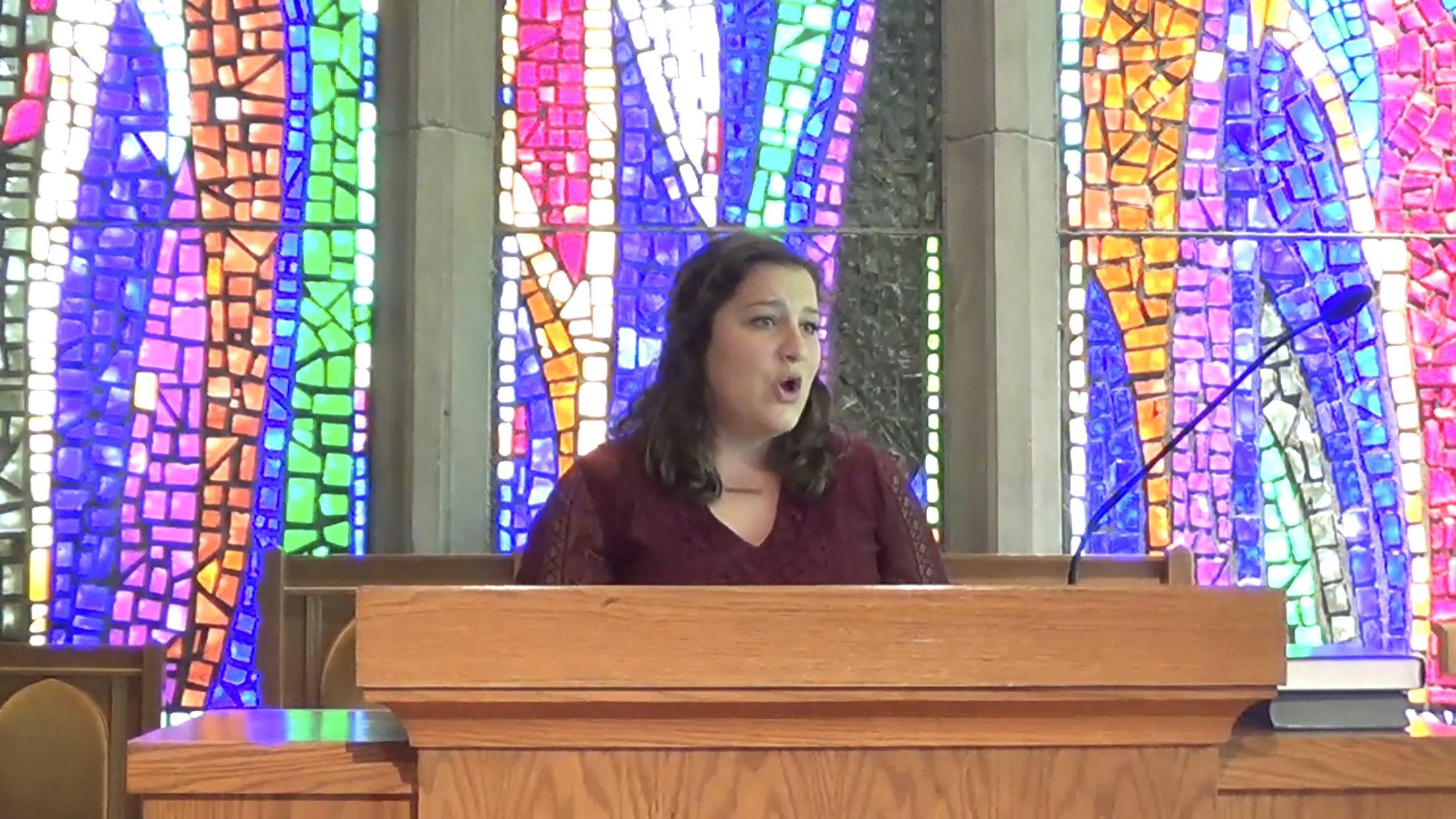Adventure is out there....
- Nell Herring

- Jun 15, 2018
- 3 min read

Today one of our Parish members, Beatrice Mugendi, treated me an adventure filled with junk food and a trip to Nairobi National Museum. Right before we left, Faith and Ngatia (Pastor George and Florence's children) came home for their midterm break from high school. They ended up joining us on our adventure and I'm so glad they did. I've heard so much about them and spending the day together gave me some quality bonding time with my Kenyan brother and sister. We started with a trip to the mall where we had pizza, milkshakes, and fro-yo. If you know me well, you know I am obsessed with cheese. Unfortunately, my diet here has absolutely no cheese so having pizza for lunch was a dream come true. Plus, it was delicious! Maybe that's just because I haven't had cheese in a month and a half, or maybe it was really just that good! Beatrice and her husband did graduate work at the University of Florida in their younger years so she can appreciate a greasy pizza and other junk food once in a while. Last week I had dinner with them in their home and so we already knew each other pretty well. It was very kind of her to treat me to junk food and the museum.

I've driven past the museum many times on our trips into city center of Nairobi. I was thrilled to have had the opportunity to go on this adventure. The museum had many exhibits including: animals of Kenya, history, art, tribal culture, and snakes. We did all of them in a few hours that passed by way too quickly. Reading and hearing about this culture is good, but seeing it represented in these exhibits gave me a newfound appreciation and understanding of things that I hadn't previously conceptualized. There are lots of pictures below so keep scrolling to see some of the highlights.


Did y’all know that the stork is a real bird? I thought it was just a made up creature to help avoid having the talk with kids at a young age.... well, it’s real and it’s huge! Here is a taxidermy stork that still exists in Kenya.




The below pictures are from an exhibit about primitive humans in Africa. We didn’t spend much time here because evolution is considered heresy by the PCEA.






The pictures below depict traditional tribal clothing. Showcased next to them are images of Kenyans dresses in suits and ties. This transformation happened within a decade and set the pace for the swift modernization that happened over the next century.



During British colonial rule, folks from India came to help build railroads. Many of them ended up staying and their decendents recently became the 43 tribe recognized in Kenya.

Gages (like the ones below) used to be a common tribal practice. The placement of gages helped distinguish between tribes. This practice is almost completely gone, but some older folks who live in rural areas still have them.


If you want to understand British Colonial rule, the art features below will tell you everything you need to know.

The May May rebellion was a Kenyan attempt to reclaim their lands. Leaders from tribes across the country worked together in leading it. They were all murdered or out into labor camps where they worked until British Colonial rule ended. The people below were demonstrating against the leaders of the rebellion.









Apparently this used to be a common practice. Men would drink beer from a container like this at big celebrations. This practice is no longer common and condemned by PCEA because there are strict teachings agains alcohol consumption.

Many of the following pictures depict household items (weapons, cookware, toys, instruments) that would have been used by tribes prior to modernization.















The next few pictures are from the snake exhibit that showcased sea creatures and amphibians that are native to Kenya.





And here’s a pick of the adventurers....

~ Nell in Nairobi






Comments